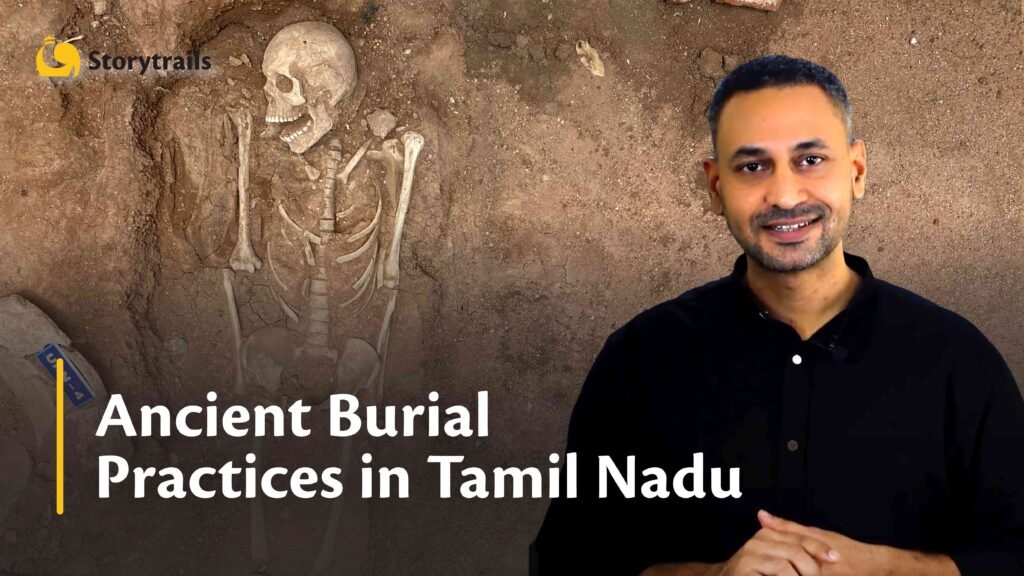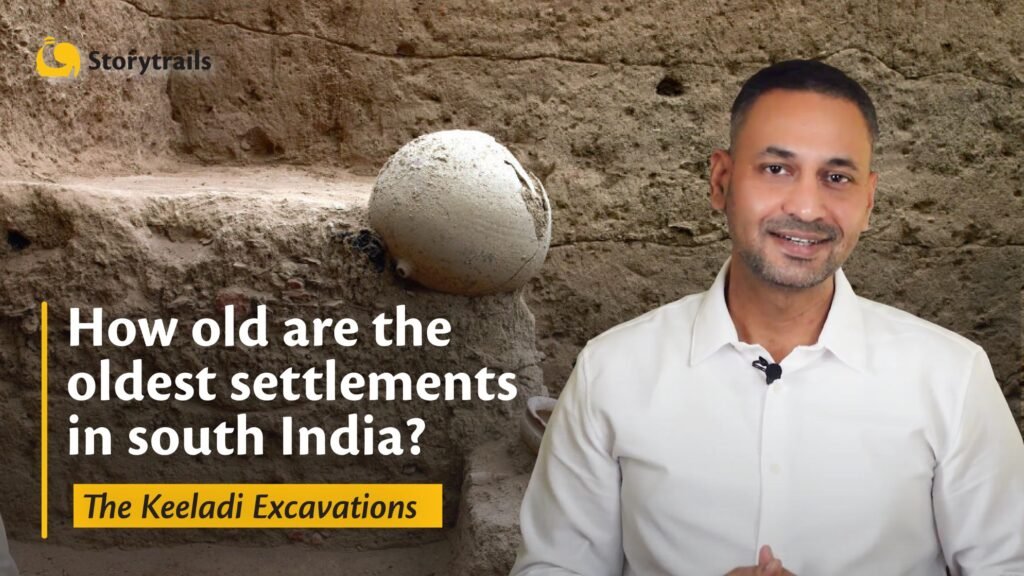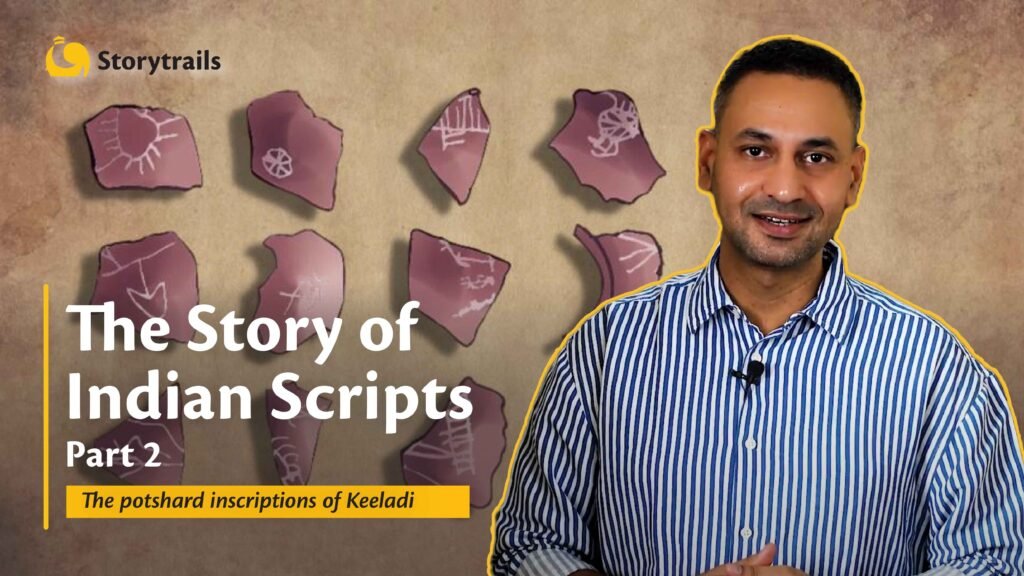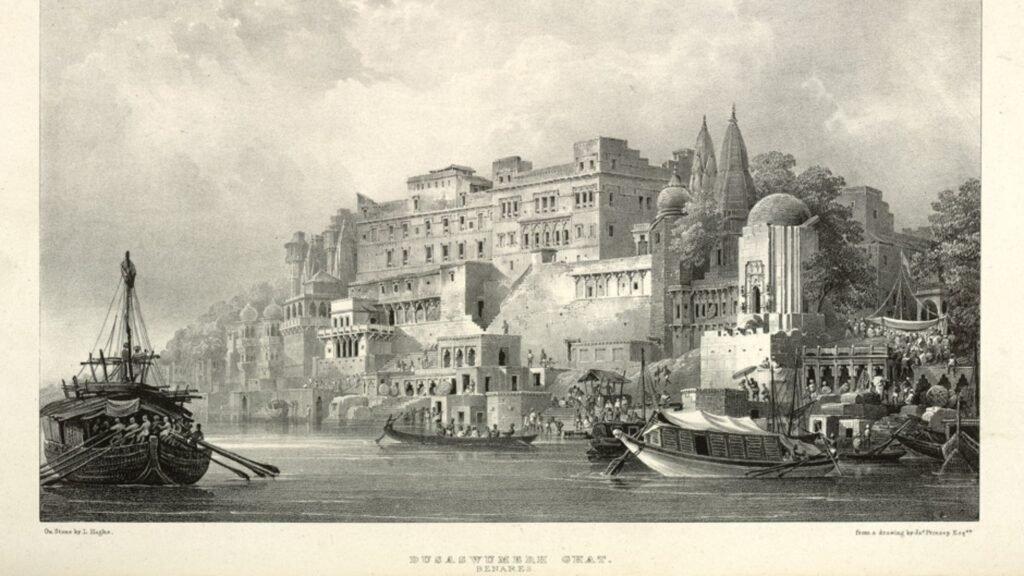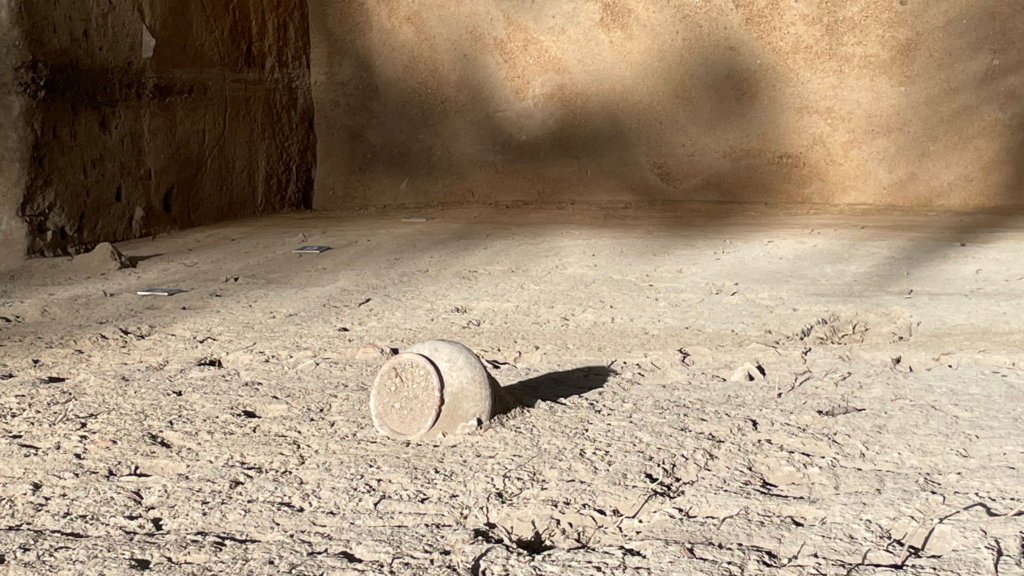Just how old are Indian languages, and which are the oldest scripts in India? Is there a mother of all scripts, in a land that is as diverse and variegated as India? What similarities or differences exist between the south Indian scripts, and do they have anything in common with the ones used in north India? The first of this two-part video story explores these fascinating questions and more as it traces the evolution of Indian scripts over the last 2500 years. How are Tamil and Malayalam scripts related, and why do Telugu and Kannada scripts look so similar? How did Kanchipuram become the seat of Sanskrit learning in south India? This video begins from the Atiranachanda Cave Temple at Mamallapuram, where a set of ancient inscriptions reveal much about the movement of ideas between the north and south and the scripts and languages in use during Pallava times.
This video is brought to you in partnership with Tamil Nadu Tourism, Saint-Gobain and the Department of Museums.
Editing credits: Venkat Krishna
Music, Sound Design, Mix & Master: Vishwi (www.vishwimusic.com)
Wardrobe Sponsor: Rare Rabbit


